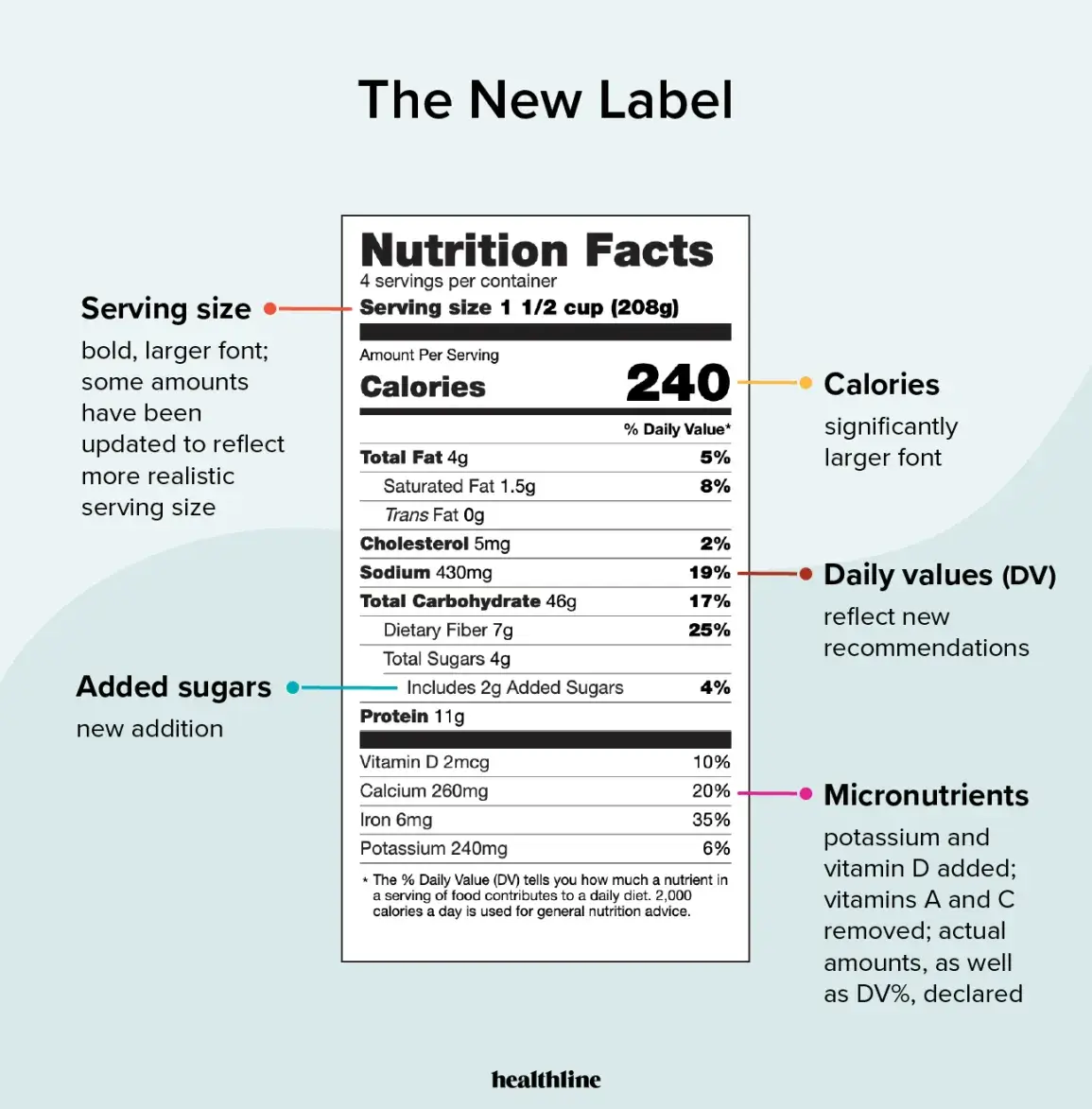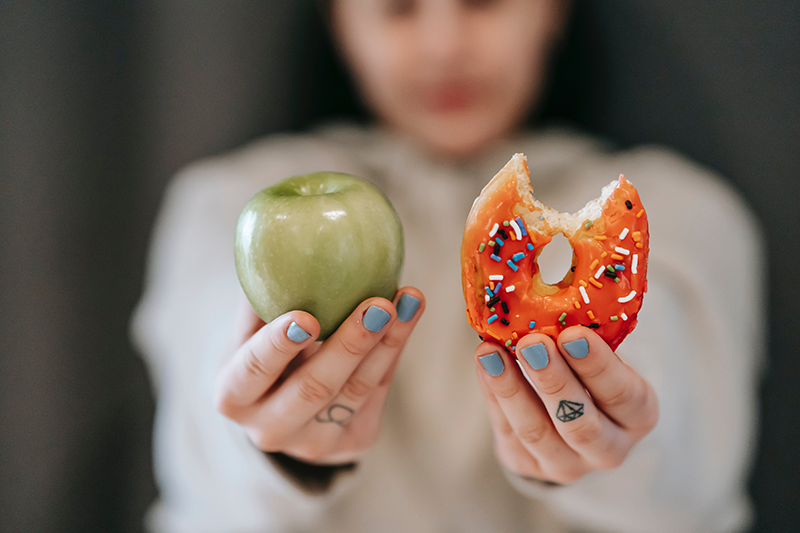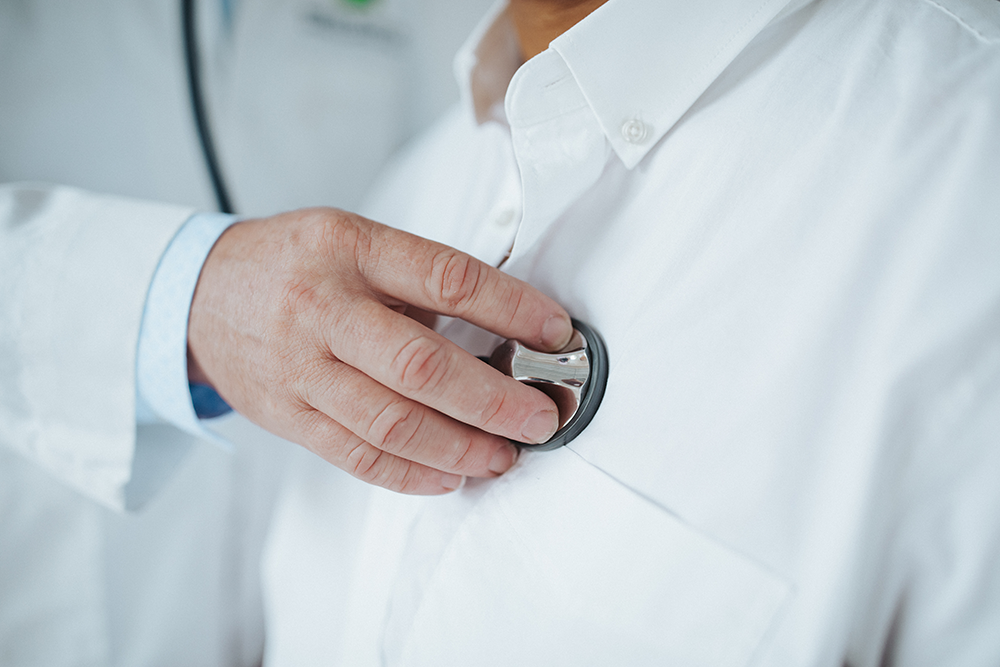
Nutrition facts are on any packaged food item and even pertain to produce and meat products. Nutrition labels are essential to providing valuable information on the quality of food you are eating and making informed, healthy food choices—which is especially important after bariatric surgery.
The Food and Drug Administration (FDA) created the nutrition label to compare food items on a standardized scale. If you are unfamiliar with reading a nutrition label, it can become overwhelming due to all the numbers and percentages. In this blog, we are going to walk through how to read and understand a food label. We will also break down the nutrition facts so that you can use them as a guide as you incorporate nutrient-dense, high protein, and low carbohydrate foods into your weight loss diet plan.
After bariatric surgery, you will need to make changes to your eating habits and the type of food you consume—not only in quantity but also in quality. When you have a thorough understanding of nutrition facts, the nutrition label on packaged food items will serve as a cheat sheet to help you make healthy food choices.
The nutrition label will also ensure you are eating enough nutrient-dense foods after surgery since malnutrition is a potential side effect of bariatric surgery.
Percent Daily Value
First, it is important to point out that almost all nutrition labels are based on a 2,000 calorie diet, which the FDA deems the "average" daily caloric intake. We know that after bariatric surgery, most patients will consume around 1,000 calories a day, so when reviewing "% Daily Value" on the nutrition label, you will want to double the value.
For example, if the label says that the "% Daily Value" of Total Fat is 12% (8g) based on a 2,000 calorie diet, your "% Daily Value" will actually be 24% (but still 8g) when based on a 1,000 calorie diet.
In general, if the percentage is greater than 20%, that indicates a high quantity, whereas if it is less than 5%, that means a low quantity. You want to apply your understanding of macronutrients (carbs, proteins, and fats) to find the right "% Daily Value" based on your nutrition needs.
We will also encourage you to refer to your diet advancement sheets provided by your bariatric surgeon's office for recommended calories and macros.
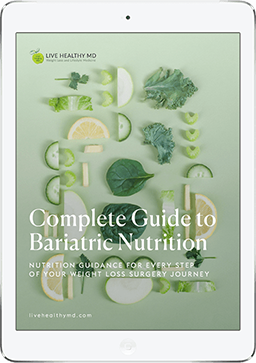
Serving Size and Servings Per Container
It is vital that you look at serving size and servings per container for any given food item. The serving size corresponds to the calories and grams (fat, carbs, protein) on the label. If you purchase a family-size bag of pork rinds and the calories state “80”, look at the serving size. You will want to multiply the number of servings by the calories to find the entire bag’s total calories. It is very unlikely that a family-size bag of pork rinds has only 80 calories.
Similarly, you will want to multiply all numbers on the label by how many servings you consumed. So if there are 5g of fat and 9g of protein for every five servings, the total fat content is 25g, and the total protein content is 45g.
Protein
Once you determine the serving size and servings per container, you will want to look at the protein. Protein is the most important macronutrient to consume after weight loss surgery. I recommend getting at least 60 to 80 grams of protein per day. Therefore, you will want to aim for 20 to 30 grams of protein per meal and 10 to 15 grams of protein per snack (given you have no more than two snacks a day).
 Carbohydrates
Carbohydrates
The need for carbohydrates will vary depending on what stage you are at in your weight loss surgery journey and how active you are. For the first six months, I recommend staying below 40 grams of carbs per day. You will find that you will get carbs mostly from non-starchy vegetables.
After six months, your recommended carb intake increases because you can now incorporate fruits and high fiber, whole wheat starches. On the nutrition label, you will see that fiber and sugar fall under carbohydrates. You will want to aim for 25 to 35 grams of fiber per day. As for sugar, AKA…doom, stick with products that are low in sugar. Remember, dumping syndrome typically happens from eating foods with high sugar content (greater than 10 grams of sugar).
When reading nutrition labels, I advise counting total carbs and not net carbs (net carbs = total carbs – fiber – ½ sugar alcohols). Counting net carbs can be confusing and inaccurate.
Fat
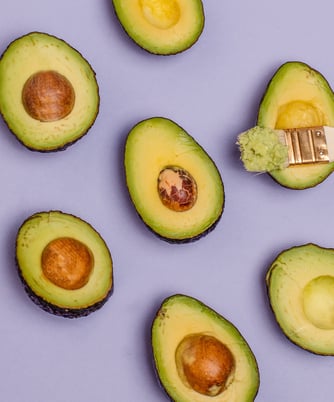
Many people fear fat, but no need to be wary, UNLESS it is trans fat. This type of fat “sticks” to your body more and is hard to burn off. Trans fat is added to products to increase the shelf life, i.e., cakes, cookies, margarine, fried foods, etc.
According to FDA guidelines, if a food product has less than 0.5 grams of trans fat per serving, food manufacturers can label it as zero. So if you see that microwaved popcorn has zero trans fat per serving, but there are three servings, you will likely be eating trans fat. Although the amount is insignificant, this is something to be aware of.
The other type of fat on a nutrition label is saturated fat. Saturated fat is found in foods such as coconut oil, animal products, and butter. Saturated fat is not as bad as trans fat; however, it is still not the best for you. You will want to limit saturated fat to 3 to 4 grams per serving, as it can cause heart disease and high cholesterol.
Overall, fat is needed not only for satiety but also for hormonal reasons. The average fat intake after surgery should be 50 to 60 grams one-year post-op. When eating fat, be sure you are choosing healthy fat options, like avocado, olive oil, and salmon.
After bariatric surgery, you will want to be sure you have a good understanding of nutrition facts and macronutrients so you can make informed, healthy eating choices. Be sure to ask your bariatric surgeon or dietitian for food guidelines after surgery as a basis for what you should and should not be eating.



